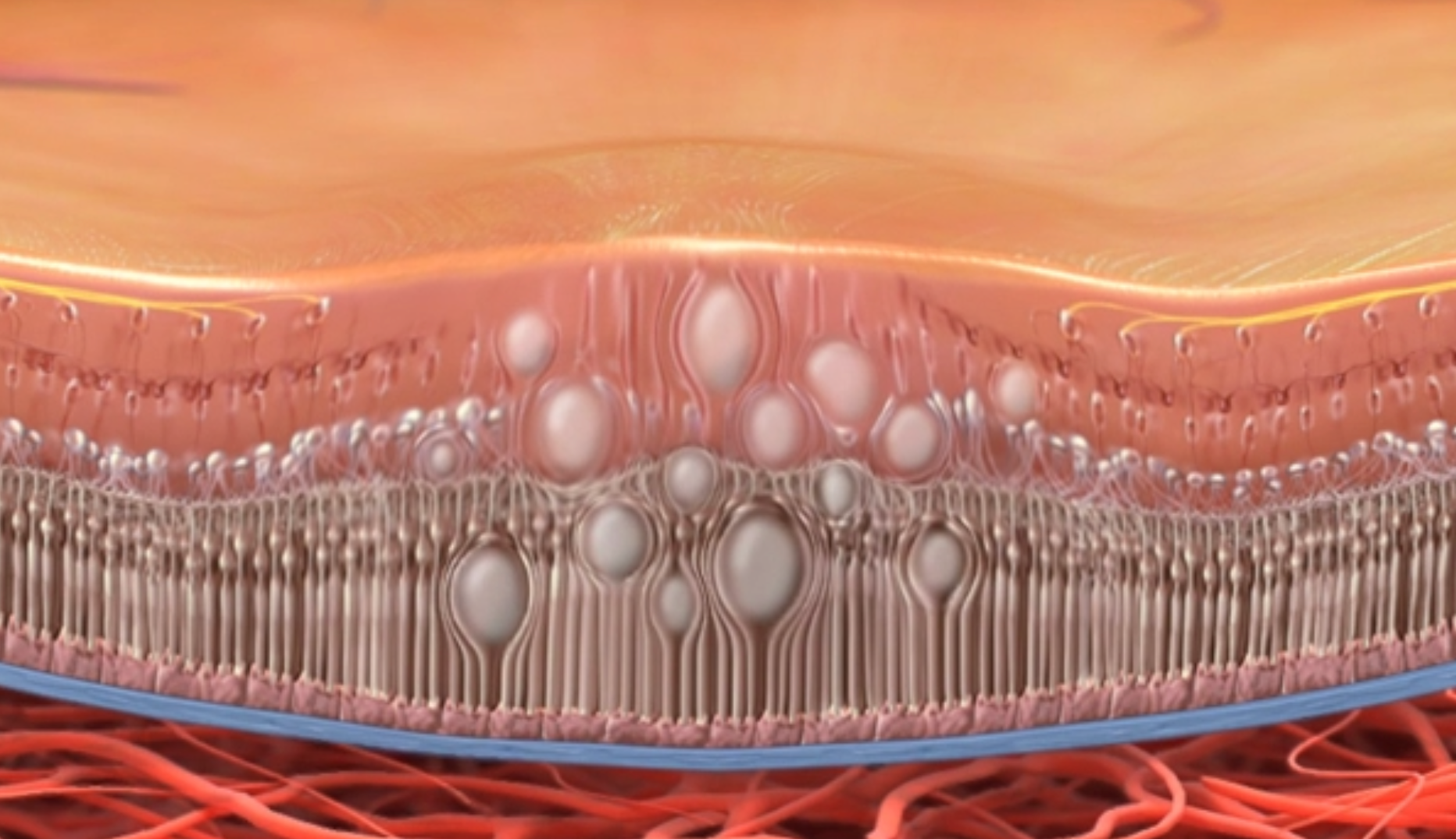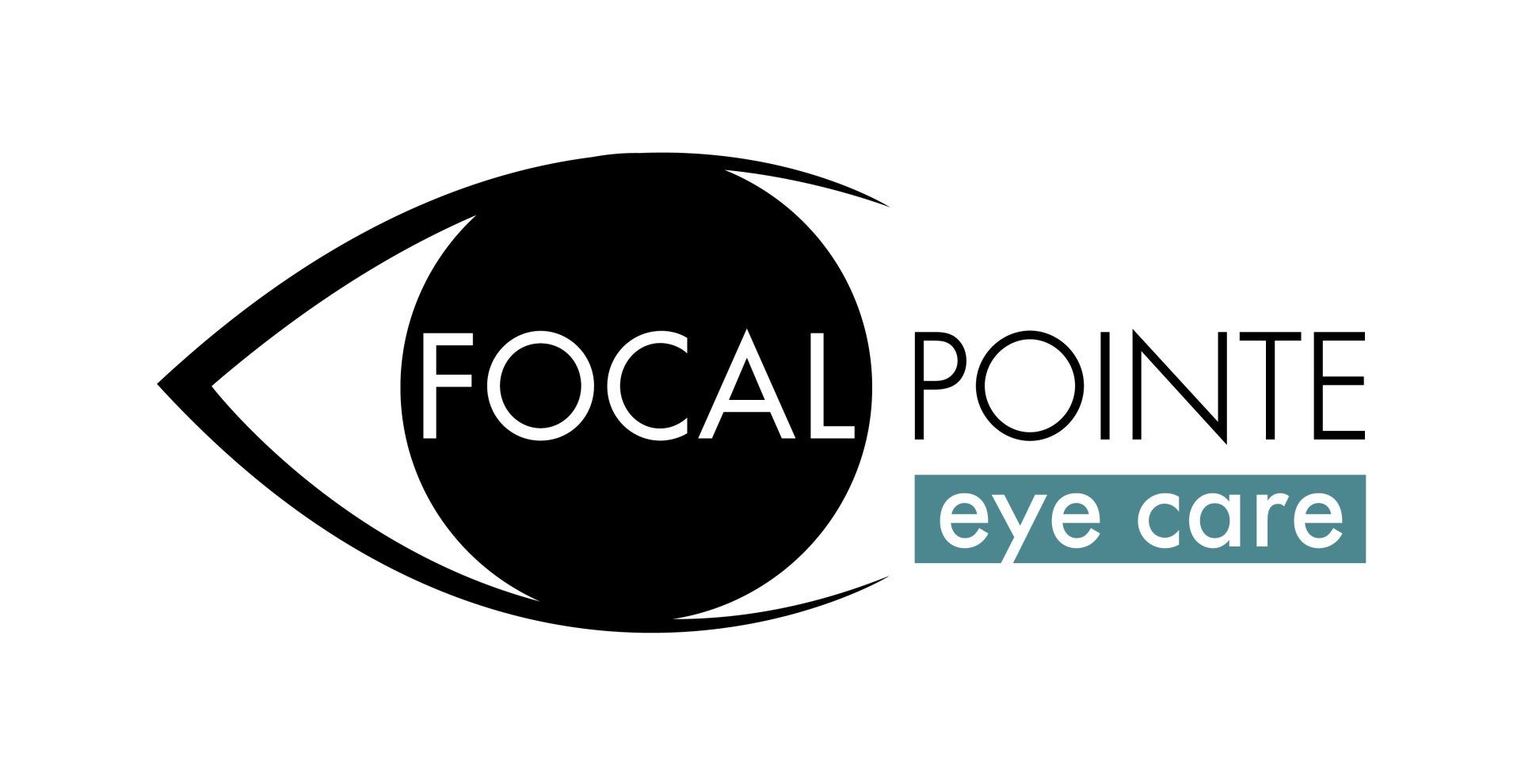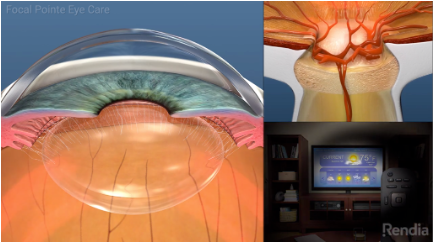I Have Diabetes-What Eye Problems Do I Need to be Concerned About?
What does diabetes do to my eyes?
In the United States in 2021, approximately 38.4 million people were diagnosed with diabetes. Nearly 23% of those people were unaware that they had the disease. Every year, another 1.2 million Americans are diagnosed with diabetes. The prevalence of diabetes has been increasing at an alarming rate, so let’s learn more about this disease and the effects it can have on our eyes and vision.
FLUCTUATIONS IN VISION AND BLURRED VISION are common complaints. When the blood sugar is high, it will cause a swelling of the lens inside the eye resulting in blurred vision. As the blood sugar normalizes, the swelling will decrease allowing you to see normally again. This instability of vision will make it challenging for your eye doctor to give you the correct glasses prescription. Often your prescription for the glasses will not be finalized until the blood sugar is under control.
MACULAR EDEMA is the term for swelling in the macula from leaking blood or fluid, resulting in blurred or distorted vision. This is a complication of diabetic retinopathy in which the central, most fine tuned visual area of the retina is affected. This is typically a sign that the disease has advanced and blood sugar levels are uncontrolled.

CATARACTS are a normal change in the eye in which the lens becomes clouded slowly over time with age, typically beginning around 60. Patients with diabetes can develop cataracts at younger ages and tend to progress at a much quicker rate. In fact, the rate of development is 2 to 5 times greater in those that have diabetes compared to the rest of the population.
Understanding Diabetes
Diabetes is a chronic disease that affects the way your body turns food into energy. Specifically, the pancreas does not produce enough insulin or is unable to effectively use the insulin that it produces. Insulin is important because it regulates the glucose (sugar) in your blood by moving the sugar from your blood to the other cells throughout the body. Glucose provides energy to our muscles and tissues, and it is the main source of fuel for the brain. When insulin is not working properly, the glucose builds up in the bloodstream, leading to diabetes.
As many of us know, there are two types of diabetes: Type 1 diabetes (also known as juvenile-onset or insulin-dependent diabetes) is an autoimmune condition where the body’s immune system destroys the cells in the pancreas that produce insulin. Type 2 diabetes (also known as adult-onset or non-insulin-dependent diabetes) occurs when the pancreas produces less than the normal amount of insulin or the body becomes resistant to insulin. Both types of diabetes result in unbalanced glucose that can negatively impact your eyes, vision, and overall health.
General health providers and endocrinologists are great advocates for healthy eyes in their diabetic patients, typically requiring a dilated eye exam annually. Your eye doctor may recommend more frequent visits if there are any signs of diabetic eye disease.
To keep your eyes healthy, it is important to monitor blood sugar and Hemoglobin A1c as instructed by your treating physician. The American Diabetes Association recommends keeping HbA1c at or below 6.5-7.0% depending on the target that is individually set for each patient.
If you experience any of the symptoms listed here, please call our office as soon as possible to schedule a dilated eye exam. Dr. Lyons and Dr. Fisher will discuss in depth how diabetes may be affecting your eyes and vision.
Relax, See Well, and Look Good.



